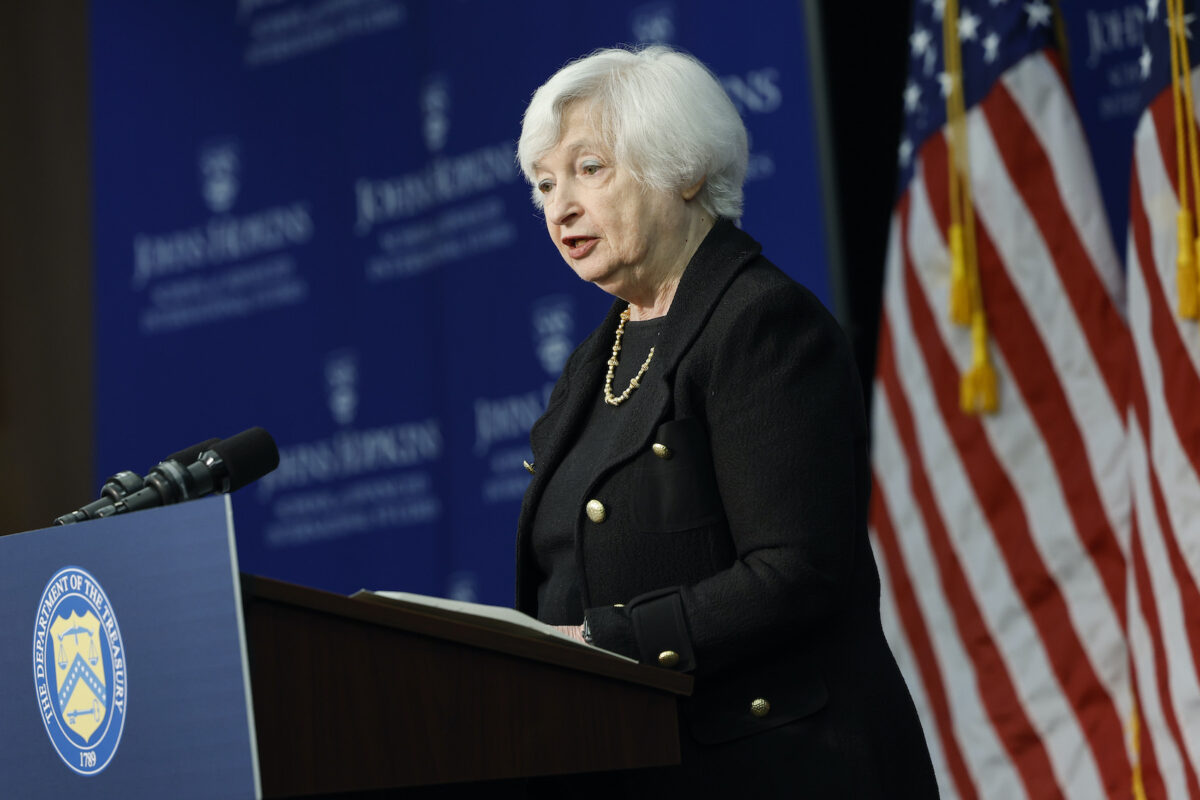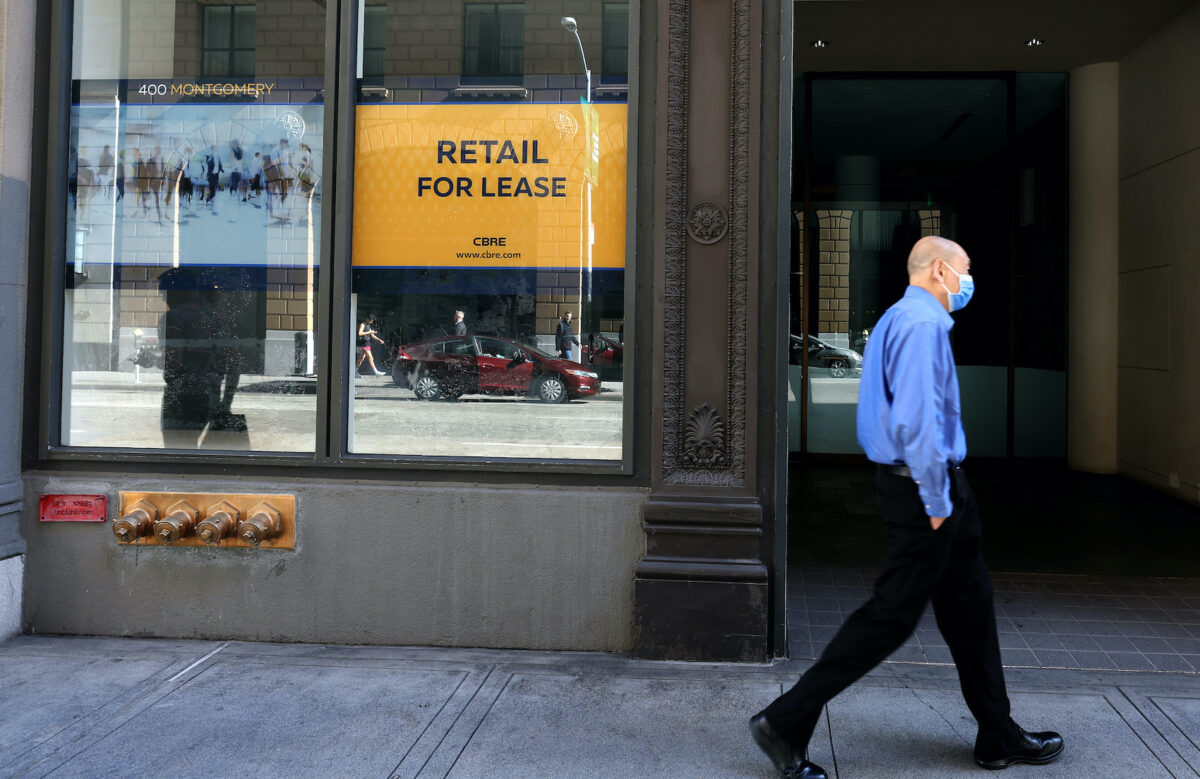

Commercial Real Estate Exposure, Financial Pressures Could Result in Bank Consolidation, Yellen Says

More consolidation in the U.S. banking system would not be surprising considering the current environment in the financial sector, says Treasury Secretary Janet Yellen.
While Yellen acknowledged that she does not wish to see further consolidation by some smaller banks threaten the diversity of the banking sector, she would understand due to the enormous pressures many banks face.
“There is motivation to see some consolidation, and it wouldn’t surprise me to see some of that going forward,” she told CNBC on June 7.
According to data from the Federal Deposit Insurance Corp. (FDIC), there were a total of 4,135 commercial banks as of the end of 2022, down from the peak of 14,469 in 1973.
With the collapse of Silicon Valley Bank, Signature Bank, and First Republic, and several other small- and mid-sized institutions experiencing challenges, there have been widespread concerns that the industry is becoming too consolidated and dominated by a handful of entities.
Yellen is not the first official to ring alarm bells regarding today’s shrinking number of banks.
Federal Reserve Governor Michelle Bowman warned at the Wharton Financial Regulation Conference in Philadelphia in April that the U.S. should “be concerned,” noting that it is essential to have “a robust and diverse banking system.”
Liquidity in the banking system is strong, according to Yellen.
She told the business news network’s Andrew Ross Sorkin that stress tests of the country’s largest financial institutions show they can weather potential turbulence in the economy.
“My overall read is that the level of capital and liquidity in the banking system is strong, and while there will be some pain associated with this, the banks should be able to handle the strain,” she said.
At the same time, banks could be at risk due to exposure to the weakening $20 trillion commercial real estate market. If the situation metastasized into a full-blown crisis, Yellen thinks it could result in more bank failures.
“I do think that there will be issues with respect to commercial real estate,” she said. “Certainly, the demand for office space since we’ve seen such a big change in attitudes and behavior toward remote work has changed and especially in an environment of higher interest rates.”
Yellen added that banks are likely “preparing” for difficulties in this arena moving forward.
A recent report by researchers at the Columbia Business School and NYU Stern School of Business estimates that there has been a more than $506 billion decline in office values since 2019. This is troublesome because the paper projects that banks control about 61 percent of commercial property debt.
In addition, Lisa Shalett, the chief investment officer of Morgan Stanley Wealth Management, recently forecast that about half of the $2.9 trillion in commercial mortgages will be renegotiated over the next two years “when new lending rates are likely to be up” by as much as 450 basis points.
The additional problem is that small lenders account for as much as 70 percent of commercial real estate loans, with some reports suggesting small banks hold roughly four times more exposure to commercial real estate loans than the big banks.
A wide range of financial experts has alluded to the sharp decline in deposits as evidence that liquidity might not be as ample as officials assert.
The Federal Reserve’s H.8 data show that commercial bank deposits have been on a downward trend since August 2022, tumbling nearly $1 trillion, or 4.4 percent, to $17.238 trillion.
Market experts have also been concerned about potential liquidity issues emanating from the U.S. government’s bond issuance.
The Treasury Department is on track to issue as much as $1 trillion in bonds to replenish its Treasury General Account (TGA), which was depleted during the debt ceiling battle in Washington. Many analysts warn that unleashing new short-term debt could drain bank reserves when liquidity is needed to cushion the blows from the shocks over the last three months.
The former head of the Federal Reserve thinks there is a “path” for inflation to ease further amid a resilient job market.
“I’ve been saying now for almost a year that I see a path to bringing down inflation while maintaining a strong labor market,” Yellen said.
The May consumer price index (CPI) report will be released on June 13. The Cleveland Fed’s Inflation Nowcasting predicts a 4.1 percent annualized print and a 0.2 percent month-over-month increase. Core CPI, which strips the volatile energy and food components, is expected to ease to 5.3 percent year-over-year and rise 0.5 percent month-over-month.



